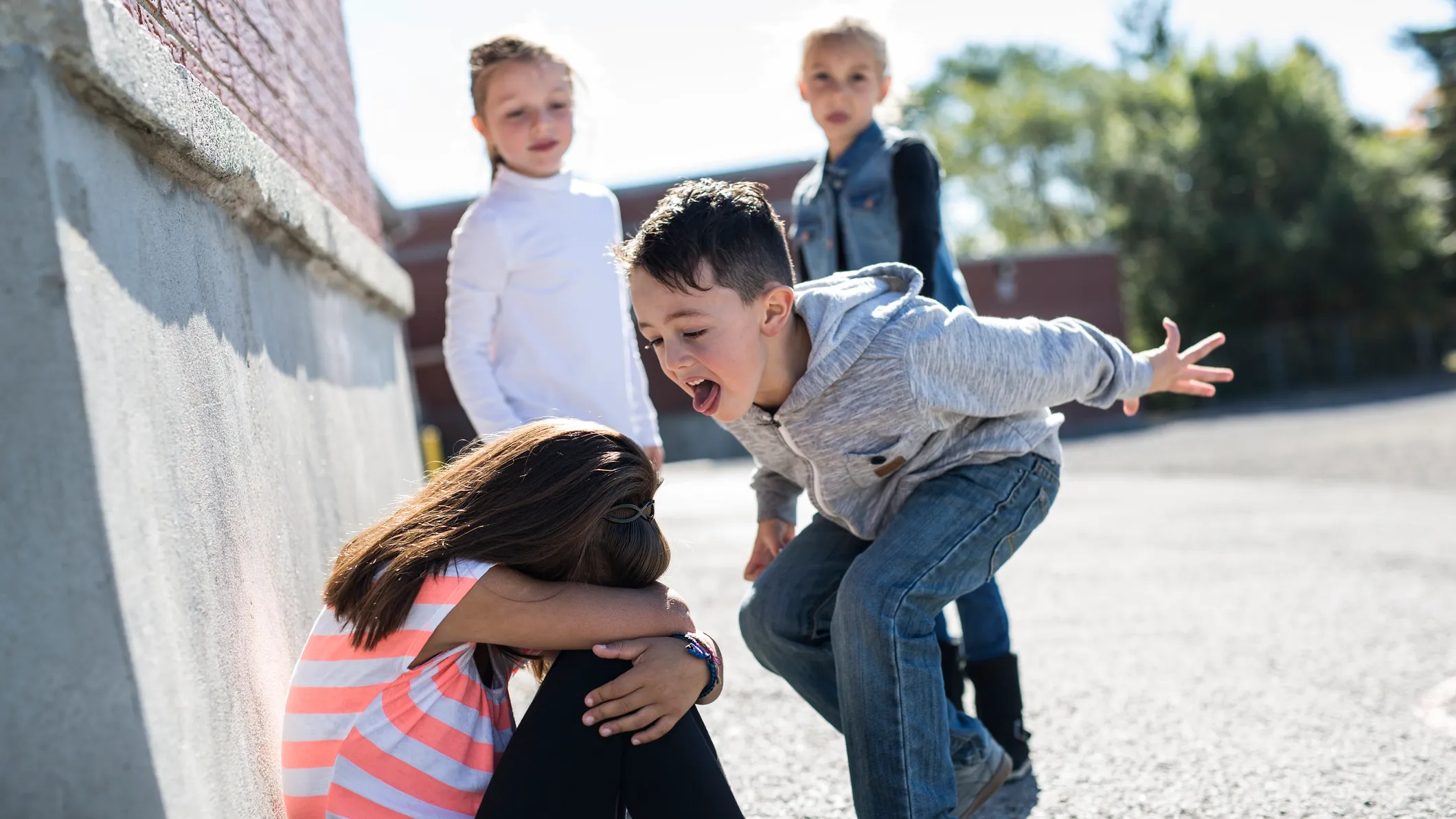- Abuse & The Abuser
- Achievement
- Activity, Fitness & Sport
- Aging & Maturity
- Altruism & Kindness
- Atrocities, Racism & Inequality
- Challenges & Pitfalls
- Choices & Decisions
- Communication Skills
- Crime & Punishment
- Dangerous Situations
- Dealing with Addictions
- Debatable Issues & Moral Questions
- Determination & Achievement
- Diet & Nutrition
- Employment & Career
- Ethical dilemmas
- Experience & Adventure
- Faith, Something to Believe in
- Fears & Phobias
- Friends & Acquaintances
- Habits. Good & Bad
- Honour & Respect
- Human Nature
- Image & Uniqueness
- Immediate Family Relations
- Influence & Negotiation
- Interdependence & Independence
- Life's Big Questions
- Love, Dating & Marriage
- Manners & Etiquette
- Money & Finances
- Moods & Emotions
- Other Beneficial Approaches
- Other Relationships
- Overall health
- Passions & Strengths
- Peace & Forgiveness
- Personal Change
- Personal Development
- Politics & Governance
- Positive & Negative Attitudes
- Rights & Freedom
- Self Harm & Self Sabotage
- Sexual Preferences
- Sexual Relations
- Sins
- Thanks & Gratitude
- The Legacy We Leave
- The Search for Happiness
- Time. Past, present & Future
- Today's World, Projecting Tomorrow
- Truth & Character
- Unattractive Qualities
- Wisdom & Knowledge
Relationships Sundays
Bullying At School
As we all know, bullying these days is very different than it used to be.
When I was in school there was a lot of bullying. However, in those years we didn’t have cell phones or social media.
In fact, I see all these funny reels going around about how back in the day we would practise our dance moves for hours and we looked terrible. Yet today’s teenagers are recording their dances for social media and they look like celebrities with filters and amazing dance routines.
Today’s teenagers have their teenage awkwardness posted online forever and for any and everyone to see.
They get bullied with comments and shares and subliminal messaging through the internet.
When I was a teenager, if you were getting bullied at school, as soon as you left it was over. The bullies couldn’t get you at home. There was an end to the bullying in a day.
Not any longer - now the bullying goes on all day and all night online. There is no escape for these poor kids. Cell phones and social media are a horrible cause of mental illness in kids today. Their not-fully-developed brains cannot cope with the power of social media. For goodness sake, as adults our fully developed brains cannot cope with the power of social media so our kids have no hope.
But then as a teenager, if your parents don’t allow you to have a cell phone or social media, then you are bullied in a different way because you are uncool and don’t have those things.
It seems like it’s a no-win situation.
As parents, I believe that it’s our responsibility to protect our children and sometimes that means putting hard boundaries in place. Like no cell phones past 5pm. Like having full access to their social media accounts so you know what is going on in their lives. They might not like it, but sometimes our job as parents is to protect them even when it’s not what they want.
Interesting Fact #1
Children who bully, and those who are bullied, are at greater risk of suicide.
Interesting Fact #2
Children who bully, and those who are bullied, will be more likely to miss school, show little interest in their studies and suffer poor grades.
Interesting Fact #3
Children who bully are more likely to use drugs and alcohol and engage in criminal activity.
Quote of the day
“Revenge against bullies is sweet and a dish best served by someone else.” ― Write Blocked
Article of the day - The Mental Health Impact of Bullying on Kids and Teens
When people hear the word “bully,” they may think of a child being pushed around by another kid. Or they may think of someone being insulted by a peer, whether face-to-face or online.
Regardless of its shape and form, these experiences can be incredibly serious and often have lifelong effects. And while everyone cannot be forced to get along, there are steps we can all take to reduce bullying and make everyone feel more welcome.
Keep Reading To Learn
- How bullying can take different forms
- Why bullying impacts self-worth in kids and teens
- Where to find resources and help
What Is Bullying?
First, it’s important to recognize the difference between bullying and fighting, as they can sometimes look very similar. Fighting occurs between two people that have equal power, whether it’s strength, size, or intellect.
Bullying happens between someone who has more power and is more aggressive than their targeted person. A bully uses that power—whether it’s physical strength, being more popular, or knowing embarrassing information—to hurt or control the person they’re bullying.
The person who is being bullied may find it hard to defend themselves and may feel increasingly powerless against the person bullying them.
It can be difficult for parents or people in authoritative roles (teachers, coaches, bosses) to identify if someone is being bullied—or bullying someone else—because it often occurs out of their sight. That’s why it’s helpful for peers to know when and how to help if they see that someone’s being bullied.
Data shows that bullying comes in many forms, can happen anytime, and can take place online. Some of the most common forms of bullying include:
Physical bullying:
- Hitting or striking someone
- Kicking someone
- Shoving someone
- Intentionally tripping someone, causing them to fall (especially if they are carrying several items)
- Spitting on someone
Verbal bullying:
- Teasing
- Threats of physical harm
- Name-calling, which can include racist, homophobic, or other offensive language
- Yelling
- Harassment
Although verbal bullying does not leave bruises, scrapes, or marks, it can still have a significant impact on someone’s mental health.
Bullying can also be based on impacting relationships with the recipient:
- Starting rumors about someone
- Intentionally excluding someone from an activity
- Giving the silent treatment
- Gossiping
Relationship bullying may be especially harmful to children, as it can impair their social development, but all types of bullying can have adverse effects on mental health.
Unfortunately, Bullying Is Common
The National Center for Education Statistics and the Bureau of Justice Statistics and the Centers for Disease Control and Prevention have published recent statistics, including:
- One out of every five students between the ages of 12 and 18 has experienced bullying at some point
- Students who reported being bullied stated it had an impact on how other students treated them
- Many children are bullied by peers who are larger or stronger than they are
- Some children are bullied because they have less money than their peers
- Fewer than half of all students who experienced bullying in school report it to authorities
Cyberbullying: The Darker Side of Technology
Cyberbullying refers to any bullying that takes place in the digital world. Students as young as elementary school ages understand how to use cell phones, tablets, and computers.
Although the internet can benefit a child’s academic growth and development, it also makes them more vulnerable to cyberbullying.
Cyberbullying is a significant concern. It can have a major impact on a young person’s mental health. Adolescents who are the victims of cyberbullying are more likely to experience depression, anxiety, and academic difficulties.
According to one study published by JAMA, young people exposed to cyberbullying are at a 50% increased risk of suicidal thoughts than their peers. Another recent study showed that children and young adults who experience cyberbullying are more than twice as likely to harm themselves and display suicidal behavior.
One study published by the Joint Research Center found that more than half of all children surveyed had experienced cyberbullying in some way. A survey published by Google indicated that teachers believe cyberbullying is their top safety concern in the classroom.
Mocking someone online, posting embarrassing photos, and harassing someone on social media can be forms of cyberbullying. Setting up fake social media accounts to spy on someone and/or to make fun of them is another form of this type of bullying.
Unfortunately, because children can talk to each other whenever they want online, it can be nearly impossible for a child to escape their bully.
There are a number of common types of cyberbullying.
Comments and Rumors
One of the most common forms of cyberbullying is spreading mean comments and rumors across social media sites. Popular social media platforms include Facebook, Instagram, TikTok, Twitter, and Snapchat.
2018 research from the Pew Research Center shows that 32% of teens have experienced spreading of false rumors online.
Embarrassing Pictures
Another type of cyberbullying is spreading embarrassing pictures of someone. This can include “revenge porn,” which refers to posting nude pictures of someone on social media platforms without their permission.
Impersonation
A bully may try to steal someone’s password to social media accounts. Then, they may post negative things on that person’s account, posing as the individual. They may also create a fake account using someone’s photos and content and harass others or pretend to be the person.
Digital Threats
A bully may use the internet to share digital threats about someone. For example, they may post a video targeting someone with malicious intent.
The Mental Health Impact of Bullying
Students who are bullied by other students at school are more likely to develop depression. The most common signs of depression include sleep problems, appetite changes, emotional disturbances, and even thoughts of suicide. Children who experience depression may lose enjoyment in activities that once brought them happiness.
Bullying can make students more likely to develop anxiety. Anxiety may develop because students fear bullying at every turn. Anxiety makes it harder for people to form relationships with friends, peers, and teachers.
Bullying can make it harder for kids to succeed in the classroom. This can make it hard for them to keep up with their academic studies. If students are bullied regularly, they may not want to go to school or participate in school-related activities, like sports or field trips.
Children who are bullied may see themselves as being less worthy than others. They may feel like other people are better than they are. They may believe they do not deserve to enjoy the same happiness and success as other children.
This can be devastating to academic and social development, and can have varying results.
Loss of Self-Confidence
One of the first effects children and teens feel if they are bullied is a loss of confidence. For example, kids often feel like they are not as good at a particular sport as the person bullying them. They may feel like they do not even deserve to try out for a certain activity. This loss of self-confidence can affect other areas of life.
Increased Self-Criticism
Kids who are bullied are often harsh on themselves. They may have heard negative statements from the bully so often that they start to believe the statements are true. They may start to feel bad about something that cannot possibly change, such as their hair color, skin color, or height.
They may also feel shame or embarrassment about events or behaviors that a bully further shames them about.
Increased Self-Isolation
Kids who are bullied often feel so bad about themselves that they try to isolate themselves from their peers, family members, and friends. They may spend a lot of time closed off in their rooms when they are not at school. They may not want to go to school at all.
It is worth noting that bullying can impact not only the victim but also the perpetrator.
Children who bully others are at a greater risk of getting into physical fights, verbal altercations, and are less likely to take responsibility for their actions. Research also shows that children who bully others are at risk of developing antisocial behaviors. These include significant academic problems, substance use disorders, and aggressive behaviors.
How Do You Know if a Young Person Is Being Bullied?
It’s important for parents, educators, and other adults in supportive roles to know how to spot signs of cyberbullying and mental health issues in children and adolescents. Signs a youth may be developing serious mental health issues include:
- Random fits of anger and crying spells for no apparent reason
- Complaints about feelings of hopelessness or emptiness
- Disproportionate reactions of anger and frustration when compared to the situation
- A loss of interest in activities that used to bring joy and pleasure
- Feelings of low self-esteem, guilt, and worthlessness
- Difficulty focusing and concentrating
- Sudden/abrupt avoidance of school and/or an activity they used to attend
Anyone experiencing depression or anxiety should seek help from a trained mental health professional as quickly as possible.
What To Do if You Witness Bullying
Adults and young people who are not the target of a bullying episode may see bullying taking place.
If you notice that someone is being bullied, there are several steps you can take to help. These include:
- Keep your own emotions in check and don’t overreact to the situation
- No matter what you do, do not blame the person who is being bullied
- Make sure everyone involved understands that bullying is wrong
- Explain the facts of the situation to people in charge, such as teachers or coaches
Young people who experience or witness bullying should be encouraged to report incidents to their teachers or other authority figures. Children should not be encouraged to react with violence towards bullies.
How To Help Everyone Feel More Included
To lessen the impact of bullying, it’s important to help young people feel like they are welcome just as they are.
Here are a few ways to help others feel included:
- Focus on activities that encourage everyone to get involved
- Encourage kids to give genuine compliments to each other
- Discourage comparing oneself to other people
- Help kids to focus on their strengths
- Reward those who go out of their way to help other people
These simple steps can go a long way toward helping young people feel more included and reduce bullying.
Think Someone Needs Help? Here’s What To Do
If you’re worried that you, someone you care for, or someone you know is being bullied, it’s important to contact a licensed health care provider. If the effects of bullying go unnoticed or untreated for too long, they can have a much more severe negative impact than if they had been addressed early on.
A primary care provider, such as a family doctor or pediatrician, is a great starting point for guidance, as you can ask questions about behaviors, and they can direct you toward resources to help. If a specialized provider is needed, like a counselor or other licensed mental health professional, your doctor can make referrals.
If you’re concerned about bullying that is occurring at school or during extracurricular activities, you should talk to teachers, school counselors, or coaches, who can share anything they may have noticed about a young person’s behaviors or interactions with others.
Resources for Those Who Experience Bullying
If you would like to learn more about bullying or need help managing the mental health effects of bullying, there are resources available.
If you or someone you care for is feeling hopeless or helpless, you can call the 988 Suicide & Crisis Lifeline at 1.800.273.8255 or 988 at any time for support from a counselor. You may also text MHA to 741741 to receive guidance from the Crisis Text Line.
The Trevor Project supports LGBTQ+ youth and can be reached 24 hours a day, seven days a week by calling 1.866.488.7386, or by texting the word START to 678678.
Anyone who has been bullied should be made aware or reminded that mental health professionals can help. Your primary care doctor can refer you or your child to a mental health professional in your community.
Want More Information?
Looking for even more information on the mental health effects of bullying? You may find these resources helpful.
Interesting Articles, Videos, and More
- Video: How Can We Support Child and Teen Mental Health?
- School Refusal: A Complete Guide
- Video: Helping Kids & Teens Manage Their Stress
- Understanding Anxiety in Kids and Teens
- Video: DBT Skills – The Value of Validation
- What Is Teen Cutting and Self-Injury?
- Video: Promoting Positive Mental Health in K-12 Students
- Video: Anxiety in Kids and Teens – What To Watch For
- Suicide: Know the Signs and What To Do
- Understanding Child Abuse and Its Effects on Mental Health
Helpful Links
These organizations focus on preventing bullying:
StopBullying.gov
Provides information from several agencies related to bullying, bullying prevention, and bullying response.
Teach.com
Offers information for educators and parents related to bullying in children, including cyberbullying.
Committee for Children
Provides kids and adults with resources to understand what bullying looks like and how to stop it.
Question of the day - How do you think we should be protecting our kids from bullying these days?
Abuse & The Abuser
How do you think we should be protecting our kids from bullying these days?










